

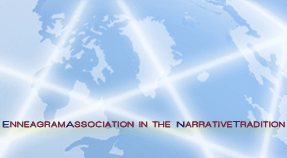

In Our Own Good Time | Teaching the Enneagram in a Texas Prison -- and the Continuing Journey Out of My Own...— By Susan Olesek, Certified Teacher in the Narrative Tradition The quick clip of the Type 3 panel came to a screeching halt. My last question lay like a ball in a game of catch in which one player suddenly lost interest. The panelists returned four blank stares. Hmmm.
Up until that point the "Performers" had seemed unaware of the rapid pace with which they were keeping up with one another, deftly listing the many things they could accomplish in a day. Appreciating the ease and willingness with which they became exemplars of their personality type for the group studying the Enneagram, I had just decided to stir the pot a little by wondering if the 3s related to the emotional passion of their type, "deceit." The men looked at me. I looked at them. The class watched the stand-off. Did I mention we were in prison? This group of incarcerated men call themselves Sweet XVI. They are Prison Entrepreneurship Program's (P.E.P.) most recently formed class of 100 inmates to whom I was hired to teach the Enneagram this past summer. I shifted the question: "How is it that you are able to use your image to your advantage?" The man closest to me, who introduced himself as "Snowball," grabbed this line of inquiry and ran with it. He knows exactly how to make people like him and how to give them what they want. He's excellent at it, he told us. "So…what's the downside of being good at this?" I asked, inadvertently stopping him in his tracks again.
Snowball lowered the mic to his lap. I felt for him as he shifted in the unfamiliar territory of self-observation. I wanted insight into his feeling life, much of which 3s learn to suspend in order to get things done. A key feature of his personality structure is being adept at delivering what people want and I imagine that his struggle to do this was compounded by the large crowd watching his "performance." He raised the mic and pushed back at me: "I'm pretty good with myself actually, I mean, I can't understand why other people would have a problem!" Honestly, I have to admit that I felt a slight irritation arising in me with his defensiveness. I could see where he was coming from, after all who would have a problem with someone who is able to get so much done? But, my annoyance had little to do with his can-do attitude, since I can also identify with being a "doer," even though I am not a Type 3. Looking at my reaction more closely, I think I was triggered by his cavalier remark and the imperviousness-to-fault belief that it suggested. In a way, I envied him. I'd love to not care so much what other people think! I have been accused of being "too nice," solicitous even. I could've used more of his assertiveness with the very panel on which he sat, and I knew it. Something in me also knew better than to believe that he didn't care, though. This had to be a front. Type 3s are an image-type, at the heart of the feeling triad and they're driven by a hunger for approval. Trusting the Enneagram enough to gently blow his cover, I tried a different angle: "What can be challenging about you for others?" My question filled the now excruciatingly still space in the room while they somewhat rebelliously returned my gaze. His resistance to the downside of his go-ahead personality was the very example of self-deceit I was trying to bring to the group. What I couldn't discern was the magic question that might bring his awareness to the foreground. I was running out of ideas. As I waited out the panel thoughtfully, an old shadow of self-doubt resurrected itself over the very ground I perceived myself to be losing. I berated myself for not being able to show this guy that he was more than this habit of personality. After hovering around the periphery of his inner-witness with my kid gloves, I moved on to other questions, all of which yielded perfectly adequate illustrations of the type. Still, I couldn't seem to shake my frustration at the lack of traction I found in my facilitation.
The P.E.P. men whom I have taught prior to class XVI have left me with quite high expectations for their capacity to self-reflect. I found it hard not to take responsibility for what appeared to me as an aberration. I can be so impatient with transformation, both my own and everyone else's, apparently! My Enneagram colleagues would call this "One-ing out." My goodness, I told myself, Lighten up. My own reluctance to leave good-enough alone annoyed me most of all. I checked my urge to force-feed self--awareness and thanked the panel for their participation. I left the unit feeling more spent than usual after a day on the inside. After a night's rest and another full day of teaching I was readying to leave the prison and fly back to California when Snowball approached me somewhat tentatively. "Ma'am," he said, "I wanted to apologize for what I said on your panel yesterday." "Why?" I asked him, completely taken aback. "Well, I really didn't understand what you were asking me about "deceit." Afterwards one of the guys told me: 'Man, you were really kind of arrogant on that panel, you know.' And I said to myself, that's the LAST thing I wanted to be, I wanted everyone to LIKE me! So, I took the book to bed with me to figure out how I could do it better and it finally hit me what you were trying to tell me. I thought it had to do with the chameleon aspect of my personality and I've never seen it as deceitful. But, it's not about that at all. It was about deceiving myself about my emotions! That's why I try to do so many things at once. I've never seen anything wrong with it. It was just a way of life."
I felt such an overwhelming tenderness for this big guy in front of me and his compelling honesty. I was also immediately panged by the way I'd clouded his perfect process the day before by projecting my own misgivings onto it. There was much more at work in him, on the panel and even in my facilitation than I perceived. His forthright, almost-triumphant understanding of this part of himself was a joy to see. Just last week I sought guidance from a dear Type 4 friend, Dale Rhodes, about my own frustration with not having seen parts of myself more clearly before now. He was quick to jump to my defense and put it in the most palatable way for a Type 1: "It's not that you haven't worked on yourself," he calmly reassured me, "…but rather that you're finally healthy enough to work on this new part." I appreciated that re-frame from him. Yeah, what he said! Clearly Snowball and I were equal participants in our learning that day, symbiotically playing our own parts in each other's education. I just I loved him for that. I applauded his self-reflections and he went on to inquire more about this aspect of the Three. Later on, at the airport I found Snowball's evaluation in the inch-high stack before me and read it with another flood of gratitude for him. He wrote:
It was this last golden statement that made me chuckle in sweet appreciation of him. Of course he's going to "work at it." Watch out when a Type 3 sets his mind on accomplishing something. I will be eager to connect with Snowball a little further down his path. He's identified his growth-edge beautifully, in his own good time, and along the way he's clarified one for me: to accept people in the perfect, divinely held timing of their own process, myself included.
If you would like to be involved with the work of bringing the Enneagram to the incarcerated, please email Susan. To see more about her work, you can visit her website at: www. susanolesek.com.
|
This Month's Feature: Interview with Peter O"Hanrahan, Idealization, Avoidance, and Defense Mechanisms EANT Scholarship Program - 2011 Recap 2012 EANT Conference Announcement - Venue Decided! Writer Wanted for Wikipedia Updates Enneagram Cocktails! EANT/AET ONLINE SURVEY Find an Enneagram Learn about Enneagram See schedule of Enneagram workshops at Enneagram Worldwide Learn about our scholarship program for the Enneagram Intensive Available for purchase
Enneagram Association A Non-profit Association
BOARD OF DIRECTORS HONORARY CIRCLE ADMINISTRATOR TALK EDITOR WEBMASTER 2011 CONFERENCE CHAIR MEMBERSHIP ENGAGEMENT SCHOLARSHIP CO-CHAIRS TEACHER SUPPORT
|

What is EANT? | Why join EANT? | EANT Conference | What is the Enneagram? | Narrative Tradition | Enneagram trainings | Find an Enneagram teacher
Books, tapes and DVDs | Members | Enneagram Studies in the Narrative Tradition (ESNT)
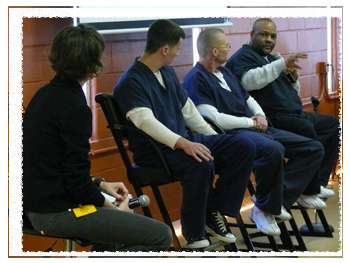
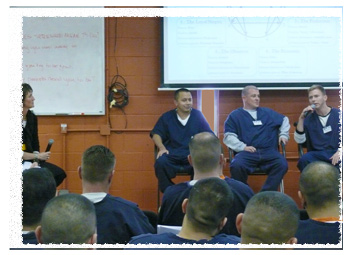
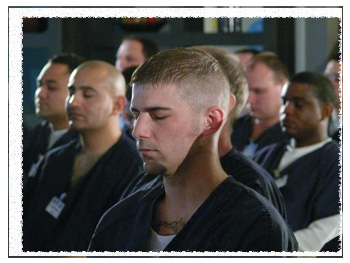
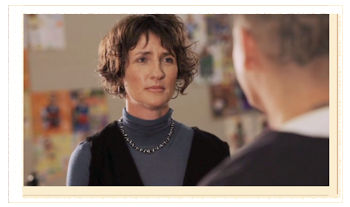
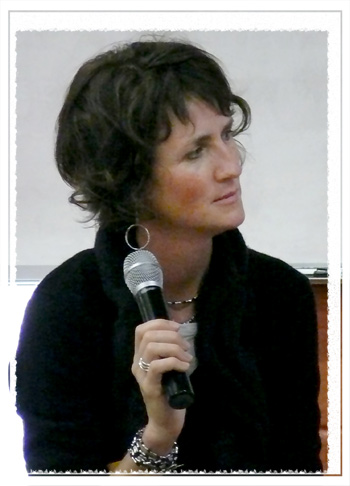 Susan Olesek --
Susan Olesek --